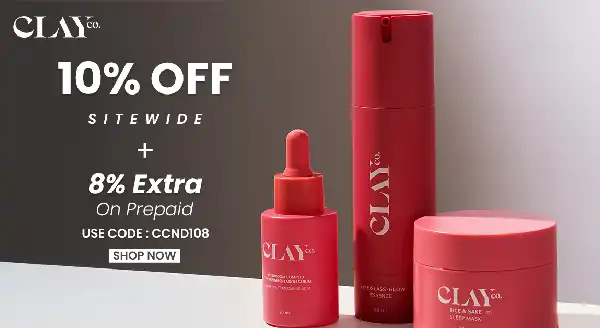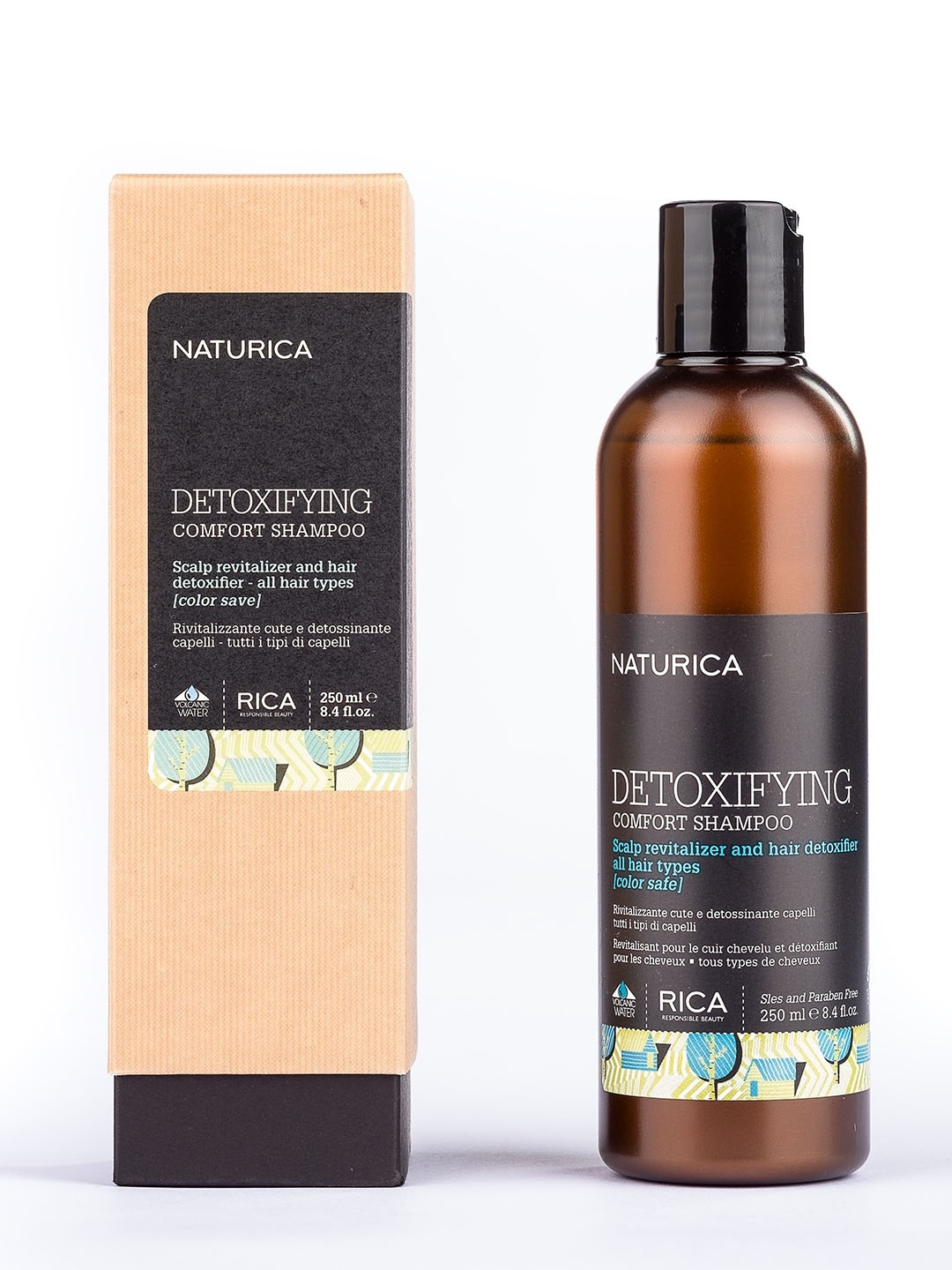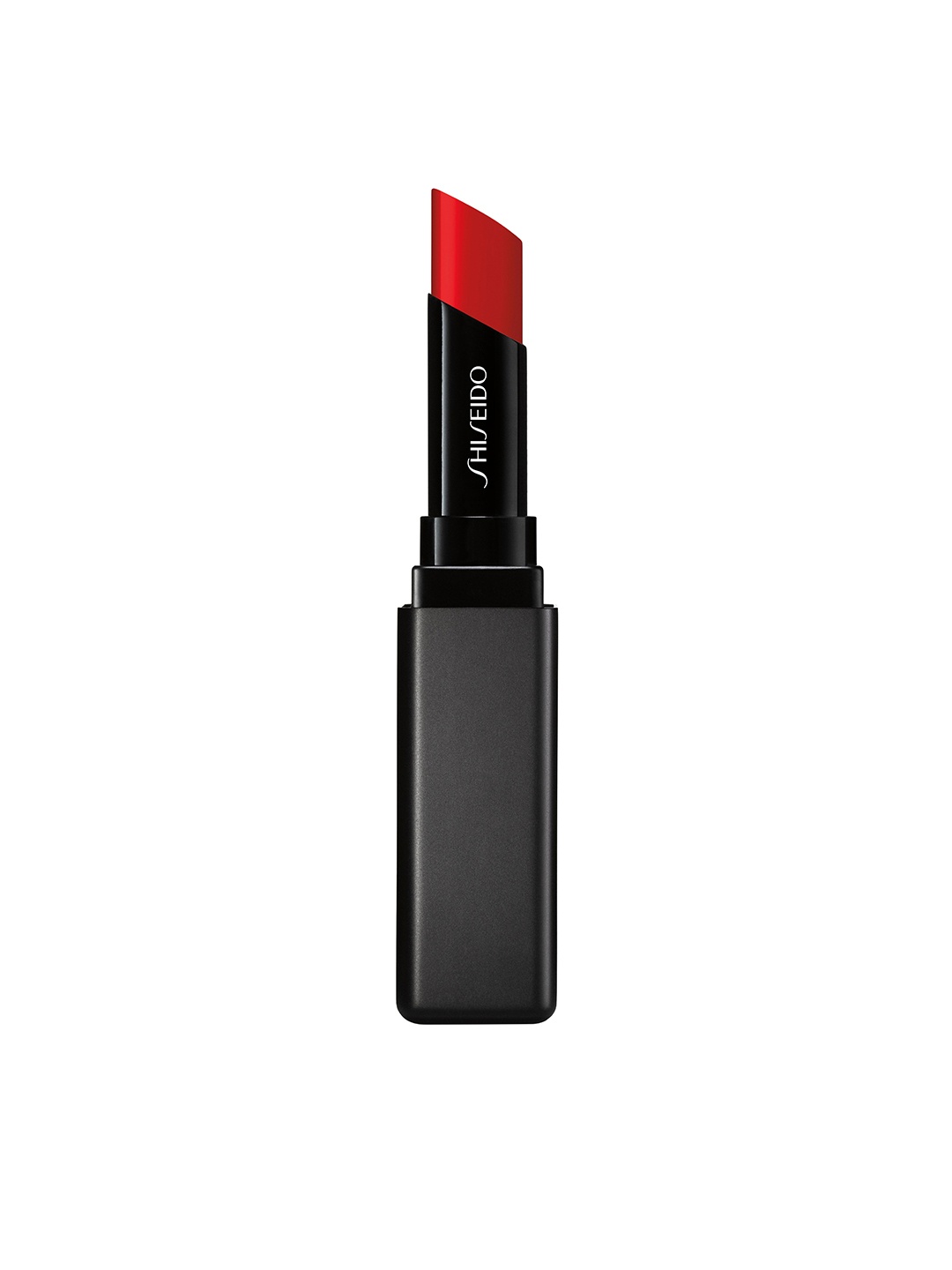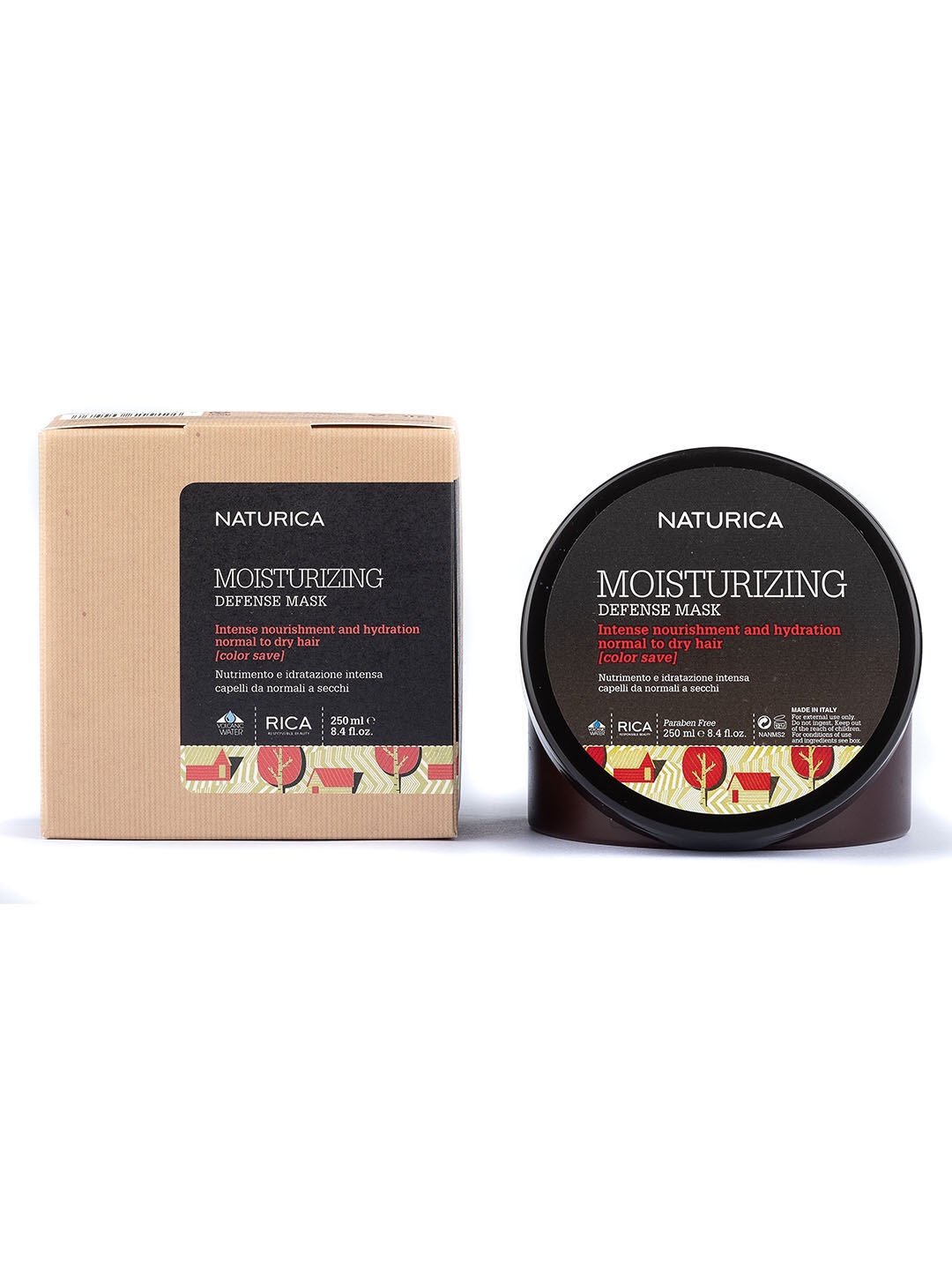What Does Non-Comedogenic Mean? A Guide To Choosing The Right Sunscreen For Acne Prone Skin
Wondering what "non-comedogenic" really means? If you have acne-prone skin, choosing the right sunscreen can make all the difference.

Non-Comedogenic Sunscreen India
If you have acne-prone or sensitive skin, you've probably come across the term “non-comedogenic” on skincare products, especially sunscreens. But what does it actually mean? And more importantly, why should it matter when choosing a sunscreen? The word comedogenic comes from “comedone,” which refers to clogged pores,s more specifically whiteheads and blackheads. So, a non-comedogenic product is formulated in a way that's less likely to clog pores or cause acne. This doesn't guarantee that everyone's skin will react the same, but non-comedogenic sunscreens are typically free from heavy oils, waxes, and ingredients known to trigger breakouts.
Also Read: SPF 30 Or SPF 50: Are You Using The Right Sunscreen?
Why Sunscreen Can Cause Breakouts
Many traditional sunscreens, especially those with greasy or occlusive textures, can trap sweat, dirt, and sebum, leading to clogged pores. Acne-prone individuals often skip sunscreen altogether for fear of breakouts, but UV exposure without protection can worsen inflammation and pigmentation from acne scars. Using a non-comedogenic sunscreen bridges this gap: it gives you broad-spectrum protection without feeding new breakouts.
A Guide To Choosing The Right Sunscreen For Acne-Prone Skin
Finding the right sunscreen when you have acne-prone skin can feel overwhelming. Many sunscreens are too greasy, too heavy, or filled with ingredients that can clog pores and trigger breakouts. But with a few key tips, you can confidently choose a product that protects your skin and keeps it clear.
1. Look For The “Non-Comedogenic” Label
This is your first clue. Products labelled “non-comedogenic” are specifically designed not to block pores. While not a 100% guarantee against breakouts, these formulas significantly lower the risk of congestion and acne.
2. Choose Oil-Free Or Gel-Based Formulas
Heavy, oil-rich sunscreens can sit on the skin and contribute to clogged pores. Instead, go for oil-free, water-based, or gel textures, which are lighter and absorb more easily, perfect for oily or acne-prone skin types.
3. Opt For Mineral (Physical) Sunscreens
Mineral sunscreens with zinc oxide or titanium dioxide are gentle on sensitive skin and naturally non-comedogenic. Zinc oxide, in particular, also has anti-inflammatory properties that can soothe acne-prone skin.
4. Go Fragrance-Free And Alcohol-Free (if Sensitive)
Fragrances and drying alcohols can irritate acne-prone skin and lead to further inflammation. Fragrance-free sunscreens are often a safer choice for those prone to redness or sensitivity.
5. Look For Additional Skin-Soothing Ingredients
Ingredients like niacinamide, green tea extract, aloe vera, and Centella asiatica can provide anti-inflammatory and calming benefits. These extras help balance your skin and support healing while providing sun protection.
6. Consider Your Lifestyle
If you wear makeup, look for a sunscreen that layers well without pilling. If you're active or outdoors often, choose one that's water-resistant and sweat-proof but still gentle on skin.
7. Always Patch Test First
Even if a product is non-comedogenic, every skin type reacts differently. Apply a small amount to your jawline or behind your ear for 24–48 hours and monitor for any adverse reactions.
Pro Tip: Sunscreen should be the last step in your morning skincare routine after moisturiser and before makeup. Apply at least a nickel-sized amount to your face and reapply every 2 hours if you're outdoors.
How To Patch Test A New Sunscreen
Before applying a new non-comedogenic sunscreen to your entire face, especially if you have sensitive or acne-prone skin, it's essential to patch test the product. A patch test helps you identify whether your skin might react negatively through irritation, redness, breakouts, or allergic responses without risking a full-face reaction. To do this, choose a discreet area of skin that closely resembles the skin on your face in sensitivity. The underside of your jawline or behind your ear is are ideal spot.
Apply a small amount of the sunscreen to the chosen area and leave it on for at least 24 to 48 hours. Avoid washing the area during this time so you can accurately observe how your skin responds. Look for any signs of redness, itching, stinging, bumps, or clogged pores. If your skin stays calm and clear, it's likely safe to use the sunscreen on your face. However, if you notice any discomfort or breakout activity, discontinue use immediately.
It's worth noting that some reactions may be delayed, especially with ingredients that cause allergic or comedogenic responses over time. If you're extremely sensitive or have experienced sunscreen-related irritation in the past, you may want to extend the testing period to 3–5 days. Additionally, if you're testing a sunscreen that's labelled as "non-comedogenic," remember that individual sensitivities still vary. Just because a product is formulated not to clog pores doesn't mean it's universally compatible with every skin type.
Patch testing takes a bit of patience, but it's a small investment of time that can save you from weeks of irritation or breakouts. It's especially important when trying formulas with active ingredients like zinc oxide, avobenzone, or added botanical extracts.
Products Related To This Article ( Non-Comedogenic Sunscreen)
1. DOT & KEY Sunscreen SPF 50+ With Hyaluronic Acid
2. Minimalist SPF 50 PA++++ Multi Vitamin Sunscreen
3. Lakme Women 9 To 5 Sun Expert Dry Matte Fluid SPF 50++++ Sunscreen
4. Hyphen All I Need Sunscreen SPF 50 PA ++++
5. Reequil Ultra Matte Dry Touch Sunscreen Gel SPF 50 PA++++
6. SunScoop 3% Niacinamide Feather Light Fluid Sunscreen
7. Hyphen Sun Milk Mineral Sunscreen SPF 50 PA++++
8. Earth Rhythm Aqua Surge Cooling Broad Spectrum Sunscreen Spray SPF 50
9. WishCare Niacinamide Oil Balance SPF50 Light & Matte Fluid Sunscreen
10. DOT & KEY CICA Calming Matte Sunscreen SPF 50+ PA++++
Frequently Asked Questions (FAQs)
1. What does "non-comedogenic" mean in skincare?
Non-comedogenic means that a product is formulated not to clog pores. These products avoid ingredients known to contribute to blackheads, whiteheads, and acne, making them ideal for oily or acne-prone skin.
2. Can non-comedogenic sunscreens still cause breakouts?
Yes, it's possible. While non-comedogenic products are less likely to clog pores, individual sensitivities to ingredients can still lead to breakouts or irritation. Always patch test before full use.
3. Are mineral sunscreens better for acne-prone skin?
Often, yes. Mineral sunscreens containing zinc oxide or titanium dioxide tend to be gentler, less irritating, and naturally non-comedogenic, making them a great option for sensitive or acne-prone skin.
4. How do you know if a sunscreen is truly non-comedogenic?
Look for labels that state “non-comedogenic,” “oil-free,” or “won't clog pores.” Check the ingredient list for known comedogenic agents and opt for lightweight or gel-based formulations.
5. Do you really need to wear sunscreen if you have oily or acne-prone skin?
Absolutely. Sun exposure can worsen inflammation, darken acne scars, and accelerate skin ageing. A non-comedogenic sunscreen allows you to protect your skin without contributing to breakouts.
Understanding what “non-comedogenic” means and why it matters can help you avoid products that trigger your skin while still giving your skin the daily UV protection it needs. Look for sunscreens with lightweight, oil-free formulas and soothing, skin-friendly ingredients like zinc oxide, niacinamide, or hyaluronic acid. Don't forget to patch test any new product, even if it's labelled as non-comedogenic, to ensure it's compatible with your unique skin. Ultimately, sunscreen is one of the most important tools in your skincare routine. With the right non-comedogenic option, you don't have to choose between clear skin and sun protection; you can have both.
Disclaimer: The images used in this article are for illustration purposes only. They may not be an exact representation of the products, categories, and brands listed in this article.




























